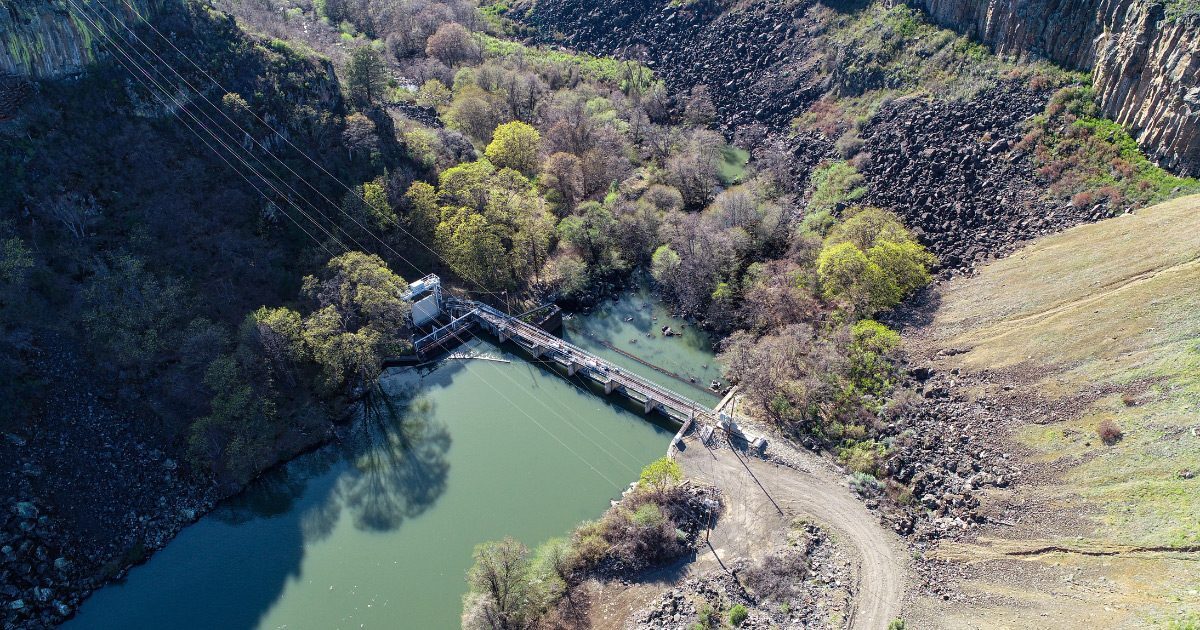First Klamath River Dam to be Removed by End of Summer
We are thrilled to share that (de-)construction for removal of the Klamath River dams is well underway. Copco 2, the first of four lower dams slated to be removed, will be removed by the end of September, according to Mark Bransom, CEO of the Klamath River Renewal Corporation.
How will Copco 2 be removed?
In a recent interview with KDRV, Bransom explained that contractors will drill small holes into the large concrete structure of the dam, pack those holes with explosives, and then detonate them. This will enable crews to break up larger pieces of concrete into smaller pieces that are more easily managed by their equipment.
When will the other dams be removed?
By the end of 2024, the remaining three dams — Copco 1, Iron Gate Dam, and J.C. Boyle Dam — will be removed. River restoration activities, led by Resource Environmental Solutions (RES), will continue in the years following dam removal.
Removal of the Klamath River dams will be the world’s biggest salmon restoration project. We are thrilled to see this project coming into fruition after years of hard work by so many – most notably by the Tribes and indigenous people that have lived along the river and stewarded it since time immemorial.
Cover Photo: Copco 2 dam, by Mike Wier






1 Comment
Congratulations.
Here, in France, we have removed two large dams on the Selune River, in Normandy and completely retrofited another one, the Poutès dam, on the Upper Allier River, to improve noticeably wild salmon migration and habitats.
Martin Arnould
Le Chant des Rivières France